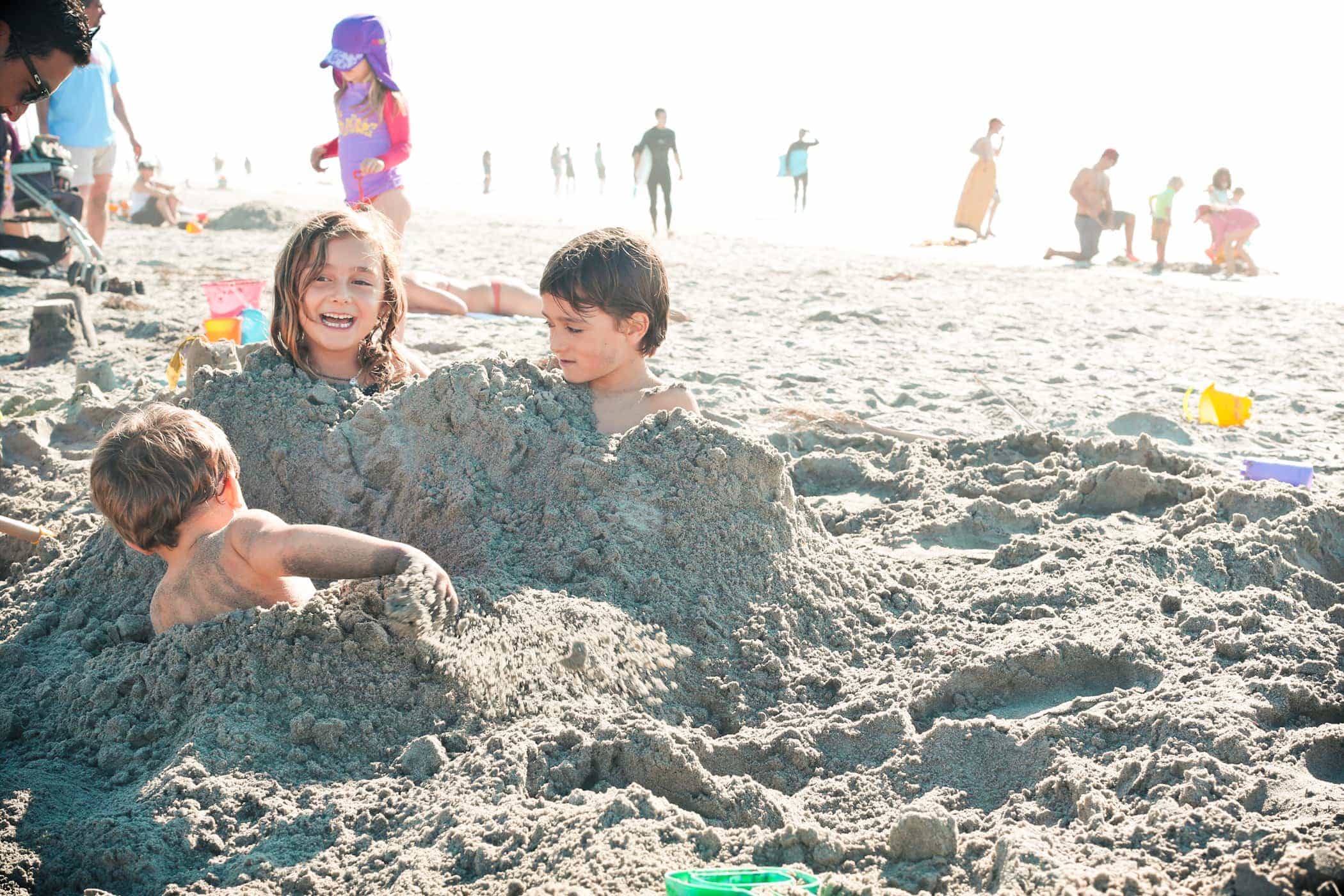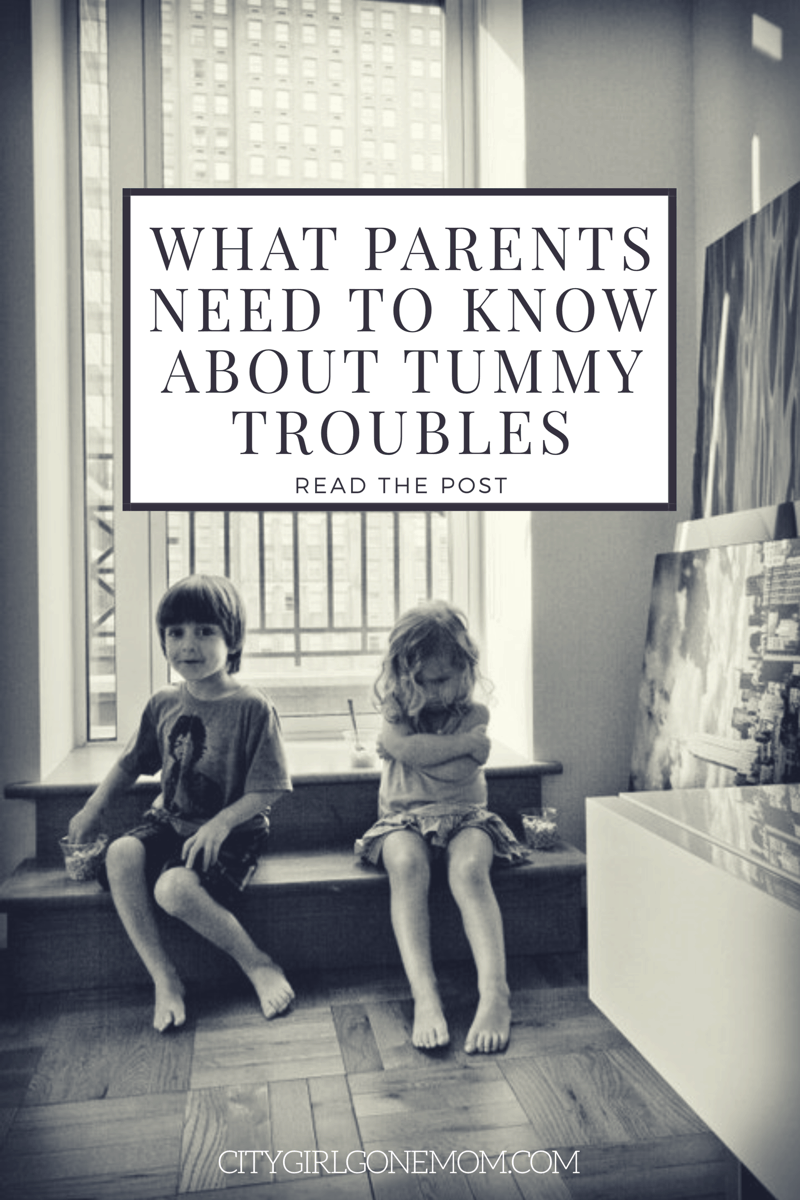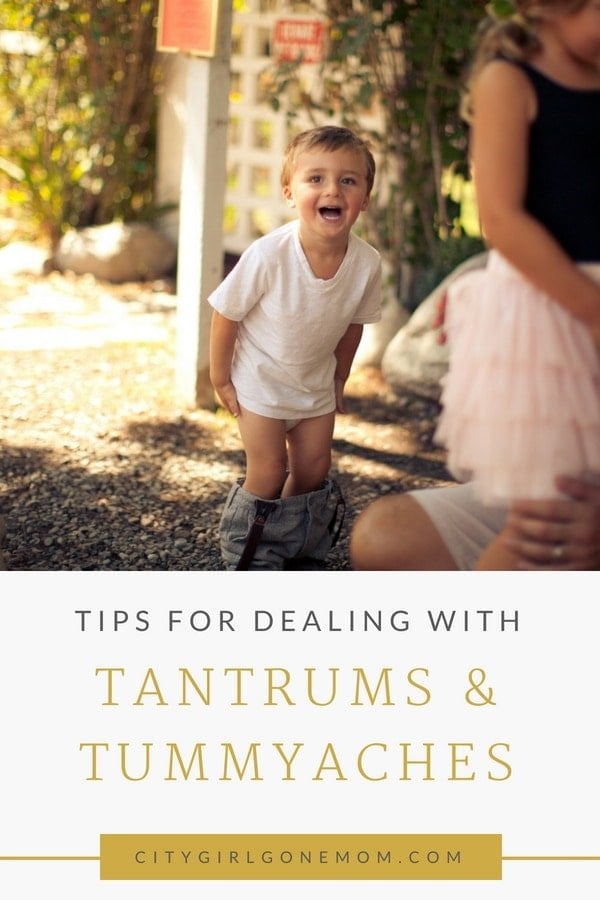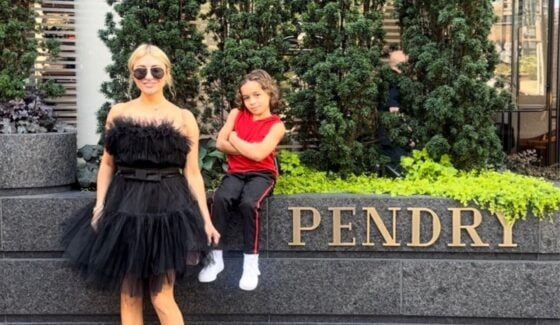
This Post Has Been Sponsored, Thank You For Sponsoring CityGirlGoneMom!
I was always told by my Italian NYC relatives to throw out the baby’s diapers when he/she turned two. They insisted my toddler wouldn’t like the way it feels to have an accident and it speeds up the potty training war most parents go through. My cousins would swear by this rule and without blinking an eye, diapers were replaced with underwear.
With my firstborn Jackson, it worked like a charm. He was potty trained in 24 hours and has never till this day had one accident. What my cousins failed to tell me is that every child is different and this smooth sailing potty experience was not the case with my rebellious little girl. She, unlike Jackson would hold it in for days. She would go the nearest corner she could find and make some serious grunting sounds, leaving us as parents in a complete frenzy. She, unfortunately started to associate pooping with being in pain and as her mom, I would find myself more often than not hugging her no matter what corner or potty she was on. But hey, that’s what moms do.
We of course rushed her to her pediatrician to only learn she was extremely constipated. Who knew with the right amount of OTC medicine, we could have our little girl on her way. Dr. Wendy Sue Swanson of Seattle Mama Doc offers specific advice based on the ages of children – to better understand constipation. Her advice is as follows:
“Constipation isn’t entirely straightforward and obvious to many of us either. It’s not just hard poop but rather a combination of hard poop and poop that doesn’t come out every day. The reason a typical child gets constipated is they lack good fiber in their diet, the poop sits in their colon longer than normal, and they hold the poop in because it hurts when it comes out. The vicious cycle of lacking fiber, having tummy pain, not wanting to poop, and poop getting dehydrated in the colon perpetuates and cycles and then constipation can set in.

For Infants
Constipation is hard, packed stools that come out less often than every other day. When poop comes out the poop can look like pebbles (or logs) in the diaper and even have a tiny bit of blood on the outside from an infant straining and tearing their skin when pushing it out. First line of defense is adding a bit of juice (1-2 oz pear or prune daily) to diet. If over 6 months, increase foods with high fiber (mango, pear, prune) & decrease constipating ones (rice, cereals, banana, carrot, potato).
In Toddlers and Preschoolers
Constipation often occurs because of a more picky diet (normal!) that is deplete in fiber and water married with confusion or battles and pain around the time of stooling as children potty train. Some kids just start holding their poop in as they worry and/or learn to poop independently on the toilet. Constipation is defined as hard, painful or dry poops (logs/pebbles) that come less often than every 3 days. But if preschoolers are starting to hold their poop in during this time, it’s a good time to work diligently for a daily soft poop, increasing fruits/veggies/whole grains to ensure you don’t start the vicious cycle.
For School-Aged Children Over Age 4
Constipation diagnosis requires 2 or more of the following symptoms (occurring at least once a week for two months)
• At least one episode of fecal incontinence (leaking poop) per week.
• History of retentive posturing or a child holding their poop in rather than going poop when they feel they need to.
• History of painful or hard bowel movements.
• Presence of a large fecal mass in the rectum (doctor would feel this on a quick rectal exam with their gloved-finger).
• History of large-diameter stools that may obstruct the toilet.
According to Dr. Wendy Sue Swanson of Seattle Mama Doc, “Poop in the toilet can look like a pond, a snake, a log, or a pebble. When it comes to poop, we’re always looking for snakes. It seems to me that framed this way, school age children can do a better job knowing if they’re constipated or not. We’re looking for Snakes in the Lake, people! Frame it this way with your child and perhaps they will be more likely to get a glimpse of what they produce in the toilet? In my experience, parents worry a lot about hard infant or toddler poop in the diaper but constipation sneaks up on many families to school-aged children. After children are toilet trained and wiping themselves (around age 4 or 5) many parents no longer gaze in the toilet bowl. Long gone are the days of staring at every diaper as parents lose track of the daily poops, how often they poop, and how a child feels when pooping.”
How to treat with OTC Medicines:
Dr. Swanson also states that if you use an OTC medication for your child’s constipation for more than 2 times, she thinks it’s worth seeing the pediatrician. There are often tips doctors can provide and exam findings that can help guide how to support your child’s pooping habits and help make the process of constipation end faster. Dr Swanson adds, “If a child has been constipated for months, know that it may take months to correct the problem. Using medications for constipation are not typically a one-time fix. With constipation the muscles in the rectum and colon can stretch out and will need regular poop flying through every day for weeks to months to enable them to return to normal size.”
Constipation treatments
These medicines have differing amounts of time you should give the medicine to your child, so do not use for a longer period of time than the label says unless your doctor tells you to. Common ingredients include polyethylene glycol 3350, mineral oil, and others. ALERT: Some of these medicines may be used in young children, but be sure to talk to your doctor before use unless the label tells you the medicine is age-appropriate for your child. Please refer to the Know Your OTCs website for more information.
As a parent, one of the most difficult things to witness, is seeing your child in pain. And while most kids are healthy, everybody poops and chances are constipation most likely will occur at some point. Knowing what to do and being prepared can put a parents mind at ease. Getting the best results and getting my child out of pain is the goal. For more information on what to look for and treat Tummy Troubles head over to the Know Your OTC’s website along with Dr. Swanson’s advice. I would love to hear from you, comment below!

This Post Has Been Sponsored, Thank You For Sponsoring CityGirlGoneMom. I have been compensated by the CHPA’s Educational Foundation, KnowYourOTCs,
but all opinions are my own.
YOU MAY ALSO LIKE
SHOP THE LOOKS
Pin This Post








Such a great read! Made me feel like I’m not alone. Both my kids potty trained themselves by age 3. I thought I had hit the jackpot! Then constipation set in with my youngest. We have been battering it for years. We have been to the best doctors and specialists, but every now and then constipation sneaks back.
Thanks for sharing your story!!
oh wow… glad it helped …. its unbelievable that tiny babies get it… scary stuff
Very informative once again M’s. Schaffer? Gracias!
thanks babes